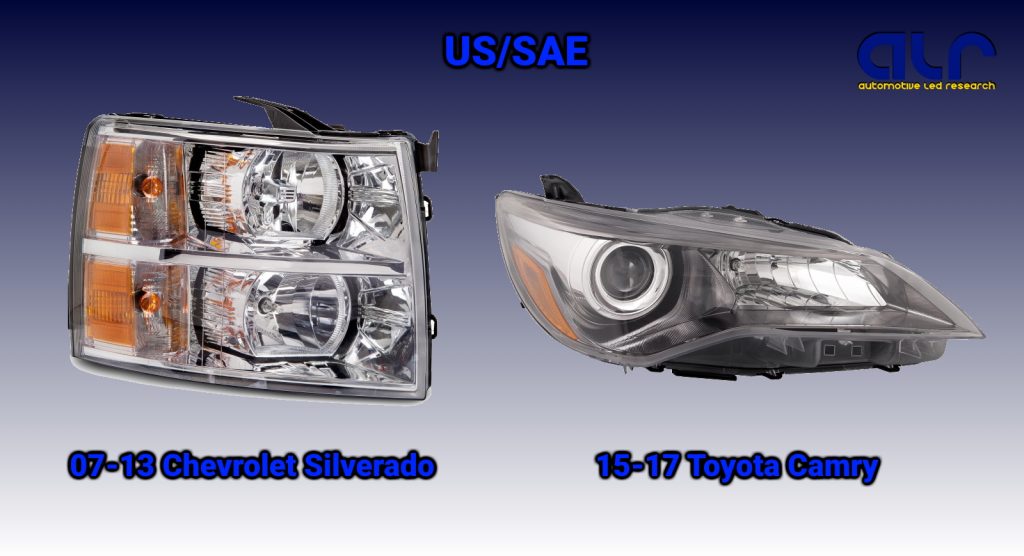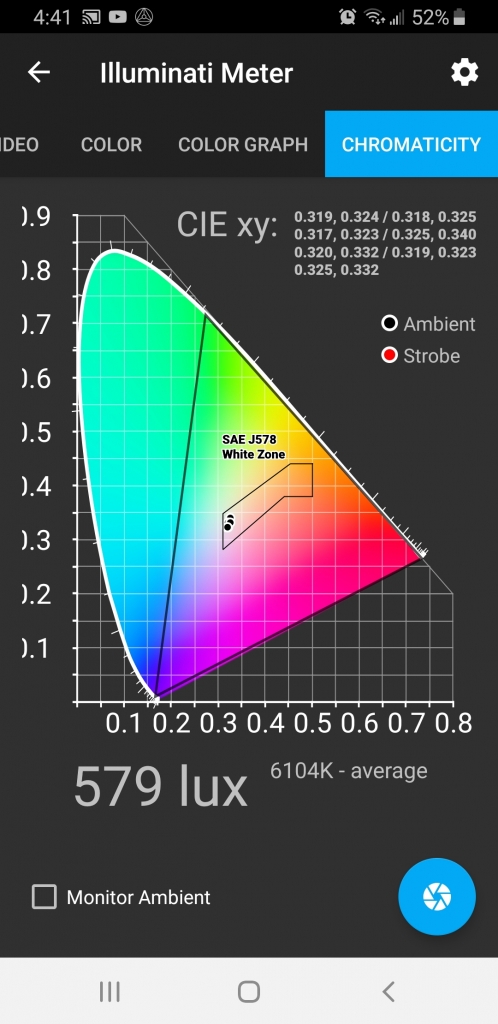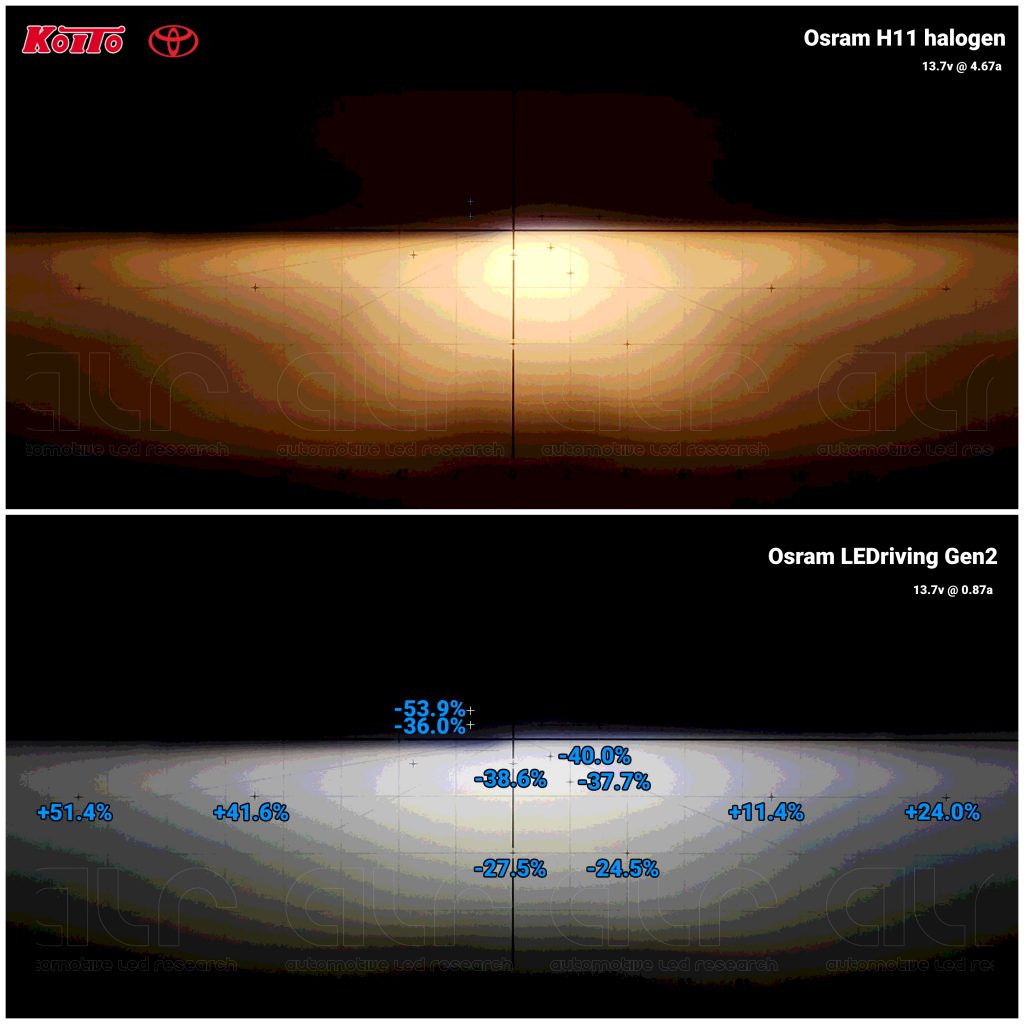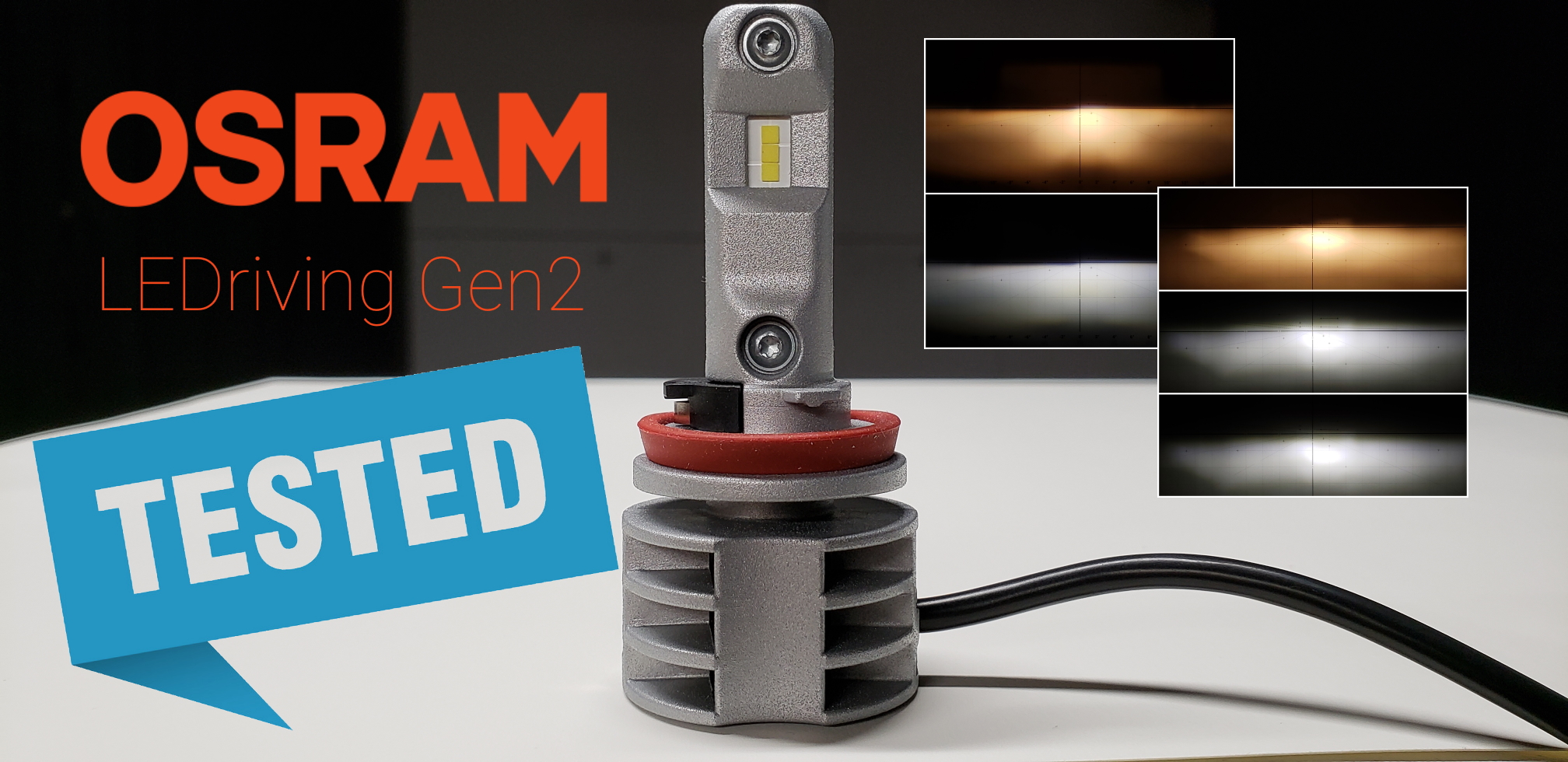A few months back I posted a brief showcase of the new Osram LEDriving HL H11 Gen2 headlight bulbs (67211cw). These were the new updated version of their LED headlight bulb range which was designed to be more compact and have better fitment compatibility. While that is great and all, what is more important is how they perform in headlamps.
Osram is one of the worlds biggest lighting companies so if we are going to find the best LED replacement solution for headlights, we should expect it to come from Osram, right? In Europe and other countries, this bulb is marketed under the Osram nameplate. In North America though its recently been added under the Sylvania nameplate. Not as a headlight bulb but a FOG LAMP bulb. In Canada its a headlight bulb.

You may be asking the question, why aren’t these designated for headlamps in America? Well if you’ve been reading all my posts you’ll know that I’ve talked about the difference between the mandatory designed light patterns in America (US/SAE) and the rest of the world (or most that is) that abides by the UN/ECE light regulations. It would appear that Osram/Sylvania feels that their bulb offers better performance in UN/ECE headlamps versus US/SAE headlamps. We are going to put that to the test!

I’ve chosen two sample headlamps for this evaluation, projector and reflector. Both the halogen (Osram standard H11) and LED were powered on for 15 minutes before illuminance measurements were recorded. And as always the aim was set accordingly (with camera assistance) to the VOR visual/optical aim type stamped on both headlamp lenses. Measurements were taken using the FMVSS 108 test points for far seeing, foreground, lateral spread and glare. The Osram LED is not a clockable bulb – meaning you can’t rotate the body so that the LED chips are facing at the correct 3 and 9 o’clock positions. Many headlamps are designed with the halogen bulb clocked offset and when fully seating an LED replacement bulb the LED chips do not face correctly which produces an incorrect beam pattern. If your H11 equipped headlamp is designed this way than this Osram LED will not seat properly.
The correlated color temperature (CCT) for this bulb is stated to be a 6000K cool white. I wanted to measure this for accuracy as most aftermarket LED bulbs under report their CCTs. With this bulb coming from Osram I was pretty confident it was going to be very close to advertised. I took 7 readings over the FMVSS 108 test points and averaged them out. Final result: 6104K. And all readings fall within the SAE J578 standard for white light.

Electrical specs stated are 14w @ 12v. My test voltage is ran at 13.7v which resulted in a current draw of 0.87a and wattage of 12w.

Taking a look at the projector first we can see why most people get fooled into believing a new LED bulb does “great”. It has a sharp cutoff just like stock and there is plenty of bright white light in the beam so it must be better, right? WRONG. Subjective impressions are usually never correct. Just because you *think* its looks better or as good doesn’t mean that it actually IS better. The numbers don’t lie.

The Koito halogen projector in this headlamp is used in many other import vehicles such as the Tacoma, Highlander and CT200H to name a few. It’s not known for throwing a lot of light down road but it does centralize its intensity over the 3 far seeing test points as shown in the photo. When we compare it with the Osram LED you’ll notice that there isn’t any perceivable high intensity zone. And when we compare this with the actual recorded data we find that its because there is a significant loss in intensity within this region. Surprisingly the foreground has resulted in a slight loss which is rather interesting. I’m used to seeing a blown out foreground. The only improvement in the LED beam is on the far shoulders.

Moving on to the reflector headlamp we find a much different story. Naturally reflector headlamps are much more sensitive to light source replacements because they do not have a handy shield to block light above the cutoff like a projector does. The beam relies on the optics to control the light pattern. And the optics were engineered around a halogen filament light source in a precise position. Change out to an LED that doesn’t quite meet all the parameters and you’ll end up with a light pattern that is noticeably different. And if you have a keen eye you’ll quickly tell that it isn’t for the better.
This Silverado headlamp required for the aim to be lowered significantly (something I’ve also had to do in other LED evaluations). When the aim is this far off from the halogen its an indication that the LED is not properly focused. The high intensity zone of the LED is actually where it should be resting which is right on the horizontal line. This gives maximum down road visibility. But there was just way too much glare above the cutoff. The sharpness of the cutoff was heavily blurred and there was a tall gradient that bled into the upper region. The image is actually making it look a lot better than it it is in person due to the low exposure setting. I ended up having to lower the aim around 1.5 degrees to get the glare test points to meet the maximum allowed intensity within the federal regulation. This obviously shifted the hot spot directly into the foreground which does nothing to improve visibility.
Unfortunately this re-aiming is what most people do when they replace their halogen bulbs with LED and they don’t even realize that it’s making the beam even worse off than it was to begin with. You can’t make an LED better or even acceptable by aiming it down this far.

In conclusion, even though this evaluation was limited to only two headlamp samples, we have determined once again that the US/SAE optics simply do not take kindly to nearly most of the aftermarket LED headlight bulbs. And there is no exception even to the global giant Osram/Sylvania. And in fairness they do not market this bulb to the US as a headlight bulb because they already know this.
These images appear to demonstrate that the UN/ECE headlamps of these European cars provide better beams with these bulbs (see HERE, HERE and HERE).
It doesn’t even really matter at this point that the Osram LED was very low powered at only 12w. Because even if it were 20 watts, more power wouldn’t make the beam better. Well, perhaps in some of the projectors (maybe). The current template for headlight bulbs that we see on the market today is just not compatible with US lamps. There may be some other design tweaks and elements that can make them a little better optically but finding those LED bulbs is pretty rare.


Great info! I’ve been patiently waiting (hoping!) that Osram would release an LED kit for my car (Subaru Forester 2.0XT MY2002 SG) but until now, no luck. Looking at their availability list, there are dozens of H4 cars listed. All with different reflectors or projectors. Having not held different OSRAM kits in hand to compare, do you think that OSRAM adjusts placement of the LED specifically for each of these models, optimizing it for each brand/model’s reflector/projector optics? Thus avoiding the aiming and light distribution issues you’ve noted above? What I’m leading to is that, if OSRAM never releases a specific product for my car, would it be possible to find a car model/LED kit that might be “close enough” to benefit me.
Osrams approval list is based on light testing of the physical headlamp itself. There is no “tweaking” or “adjusting” of the LED bulb to make it work better. The H4 or H7 NightBreaker LED is either compatible with the lamp optics or its not. And when I say compatible, I mean that the LED bulb in said lamp produces a beam that meets UNECE photometric requirements. This can only be known by testing in a certified lighting laboratory.
The likelihood of some other off-brand LED bulb on the market to make a compatible bulb to your Subaru is slim to none. Mainly because these random aftermarket LED bulbs are not designed to any legitimate technical standards. Their just fancy shaped pieces of aluminum rods with over powered LED chips. There are many technical challenges that must be overcome and “brightness” of a bulb is probably the least of them.
nice lamp and auxbeam
Thanks, been reading a number of your tests. Very in depth analysis!
Any new recommendations for US 2018 F150 with reflector housing?
F150 is on my list of many to perform an in depth analysis of the best suitable bulb upgrade. I hope to start testing soon! Thanks!
Hello sir first thank you for your helpful review ,, I have question/ I have 17″ hyundai elantra projector housing I have tried 3 leds sets but none of them give me the correct pattern down the road and the range is short than stock halogen
Iist of led’s that I test
1- f2 led ( high brightness good beam with blind spots short throw ) the halogen is longer light throw
2- 6 side led 360º (good beam very bright
No blind spot but very short throw almost 12 meter ahead!
3-auxbeam s2 ( like the f2 but less brightness)
I am just wondering could you please advice me for good led set that performs better than halogen ?? No hid because I don’t want modified my headlight +led is safer and plug and play
Thank you in advance for your help
Hani, I have a halogen projector from a 18 Hyundai Santa Fe Sport. They appear to be the same halogen projectors found in the 17 Hyandai Elantra. The lamp is manufactured by the Korean lighting company Samlip. I did some abbreviated testing months back with a few random LED bulbs and there showed no improvements in beam intensity for this projector, as you have already experienced yourself. I haven’t done enough testing with 9005 bulbs to really conclude if there are any suitable LED replacements but at the moment I’m going to say NO. Not for this projector. I have a Philips 9011 HIR1 that I tested over the 9005 and it is the best upgrade you can do. You will have to trim the tabs on the 9011 in order for correct fitment but its very simple. Procedure found HERE.
Try gtr ultra 2 or s-v.4 (not supernova led. Com v. 4)